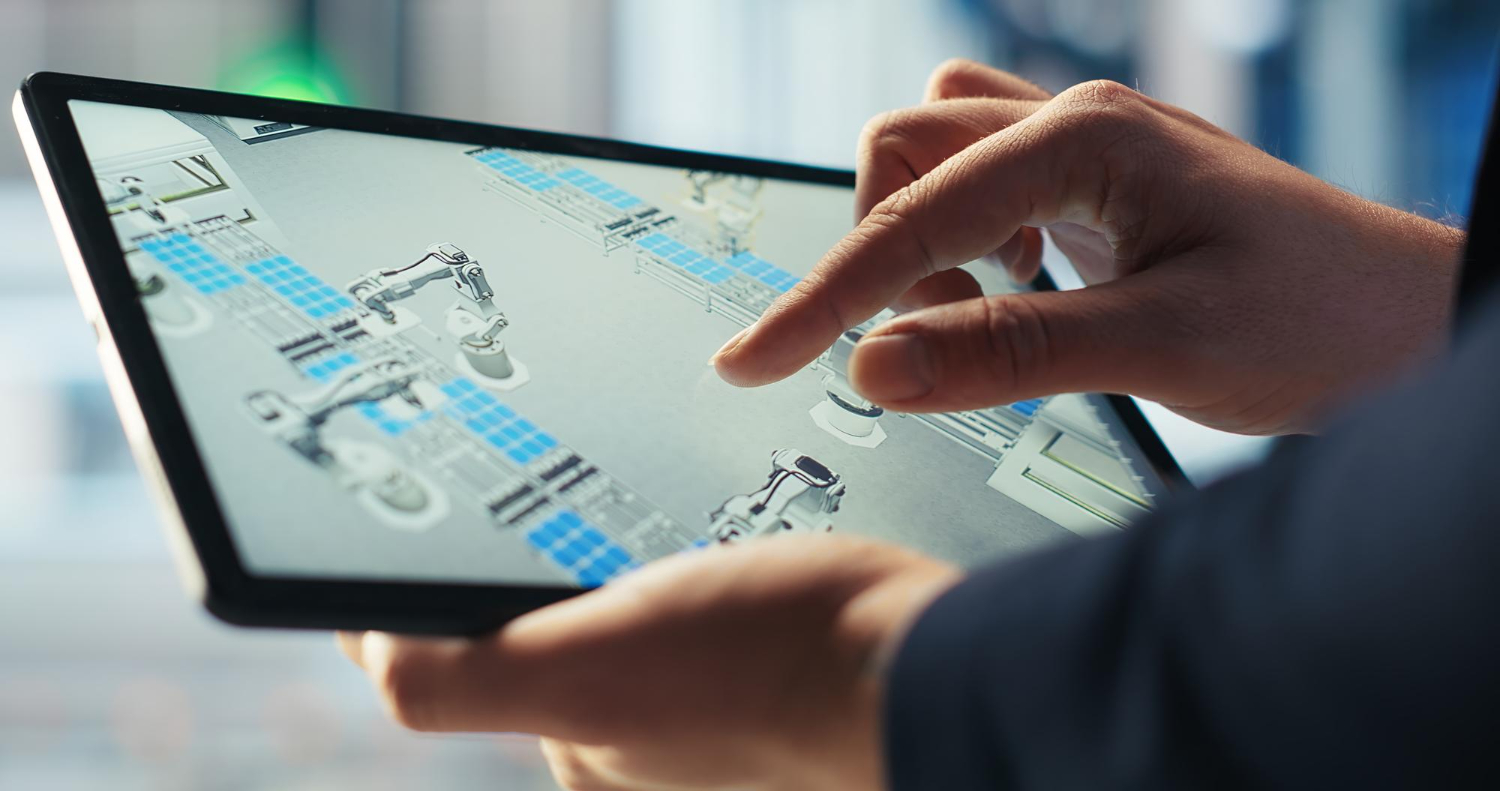The construction industry is in the midst of a profound transformation fueled by the integration of cutting-edge technologies such as GPU computing and high-performance storage. These innovations are unlocking advanced visualization and simulation capabilities, which are becoming increasingly indispensable for stakeholders involved in complex construction projects. The Graphics Processing Unit (GPU) has emerged as a pivotal tool across various applications, including graphics rendering and video processing. With its remarkable capacity to handle extensive datasets and execute parallel computations at lightning speed, GPUs are spearheading the drive for precision in machine learning models and enabling efficient workloads across multiple resources for optimal utilization.
High-Performance Storage: Transforming Data-Intensive Tasks
Cloud-based High-Performance Computing (HPC) offers substantial advantages, especially for computationally intensive tasks like running machine learning algorithms or analyzing vast amounts of data. This shift towards cloud-based HPC solutions is reshaping how construction stakeholders manage and analyze data. For example, in construction management, statistics can be employed to gauge productivity levels and identify factors contributing to productivity losses, thereby facilitating better decision-making processes. The integration of high-performance storage solutions further enhances the accessibility and scalability of data, enabling seamless collaboration and analysis across distributed teams.

Interactive Visualization through Real-Time Simulation
Real-time simulation stands out as another area where HPC is making a significant impact. It is employed in diverse fields such as DNA sequencing, automated stock trading, and the operation of Artificial Intelligence (AI) algorithms—such as those enabling self-driving vehicles—that analyze terabytes of data streaming from IoT sensors, radar, and GPS systems to make split-second decisions. In the realm of construction, this capability translates to the development of systems like carbon capture technologies and other next-generation solutions aimed at reducing greenhouse gas emissions. Real-time simulation enables stakeholders to visualize and interact with complex construction scenarios, facilitating informed decision-making and proactive risk management.
Enhancing Workflow Efficiency with GPUs
Improving workflow efficiency within businesses necessitates the analysis of current processes to reduce complexity. GPUs play a crucial role in this aspect by facilitating faster processing of AI algorithms, such as neural networks, and offering enhanced memory and storage capacities. This not only boosts the accuracy of machine learning models but also ensures streamlined workflows and optimized collaboration among stakeholders. By harnessing the power of GPUs, construction professionals can accelerate critical tasks such as structural analysis, 3D modeling, and virtual prototyping, leading to faster project delivery and cost savings.
Simulation in Construction Management
Simulation modeling proves invaluable in simplifying complex construction projects and reducing costs. It provides a risk-free environment for experimentation, testing, and analysis, thereby enhancing decision-making and project performance. Through simulation, construction stakeholders can explore various scenarios, evaluate potential risks, and optimize resource allocation, ultimately leading to improved project outcomes. Additionally, simulation enables stakeholders to assess the environmental impact of construction activities and implement sustainable practices, aligning with growing concerns about environmental conservation and resource efficiency.
Integrating Hardware and Software for Peak Performance
A co-design approach stands out as one of the most effective ways to integrate hardware and software in HPC. This approach involves designing both aspects concurrently to meet specific goals and requirements. It is particularly pertinent when considering the role of GPUs in HPC, as they enable more efficient processing of AI algorithms and enhance the accuracy of machine learning models. By aligning hardware and software design, construction professionals can maximize the performance and scalability of their computational infrastructure, paving the way for groundbreaking innovations in construction visualization and simulation.
The Future of GPU Architecture in Construction
Looking ahead, the Ampere architecture lays the groundwork for future advancements in GPU technology. Recent revelations of mobile RTX graphics cards and the RTX 3060 based on the Ampere architecture, alongside Nvidia’s announcement of its successor, Hopper, and “Ampere Next Next” slated for a 2024 release, signal a promising future for GPU computing in construction visualization and simulation. As GPU technology continues to evolve, construction professionals can expect even greater advancements in performance, efficiency, and versatility, further expanding the possibilities for innovation and collaboration in the construction industry.

Conclusion
The integration of GPU computing and high-performance storage is reshaping the construction industry, ushering in a new era of innovation and efficiency. By enabling advanced visualization, real-time simulation, and data-driven decision-making, these technologies empower construction stakeholders to tackle complex challenges with confidence and agility. As the industry continues to embrace digital transformation, the adoption of GPU computing and high-performance storage will become increasingly critical for maintaining a competitive edge and driving sustainable growth in construction management and project delivery.












